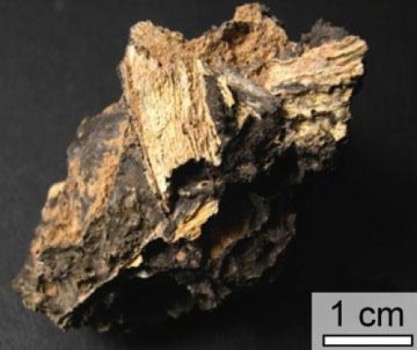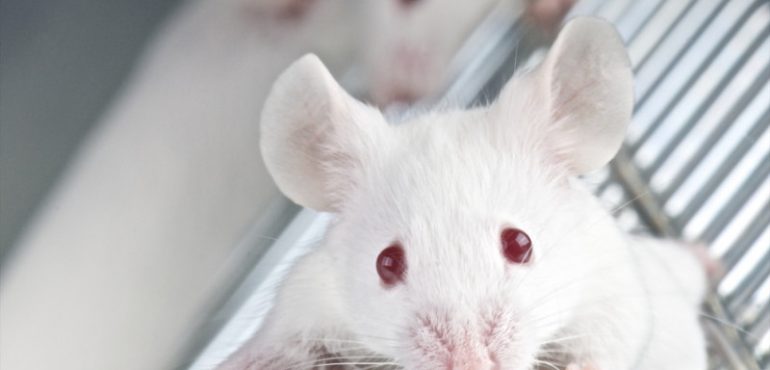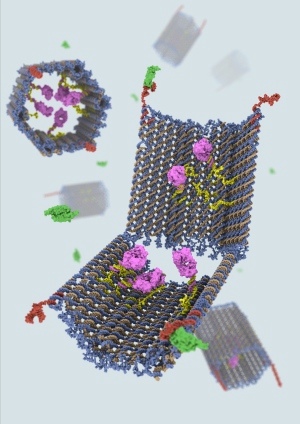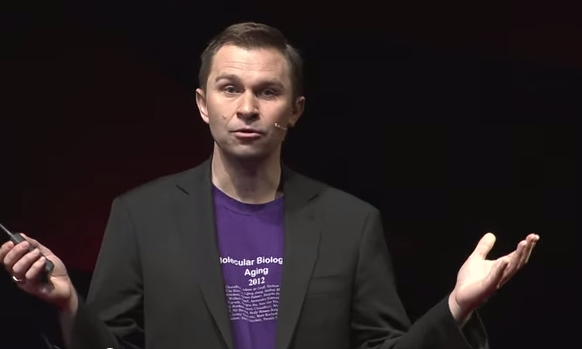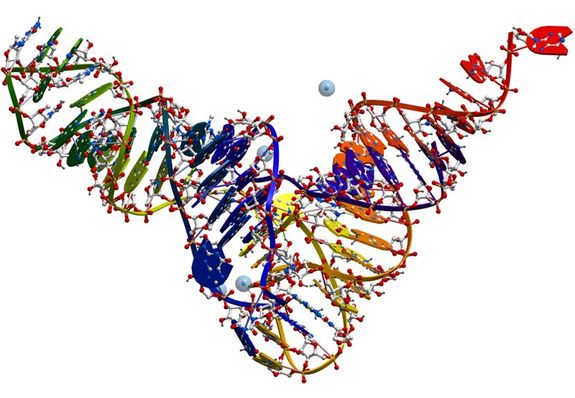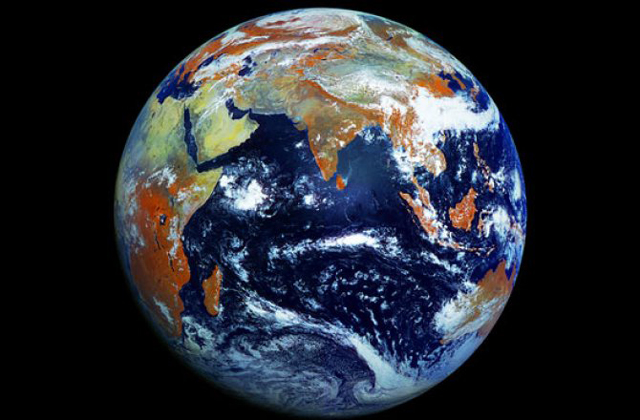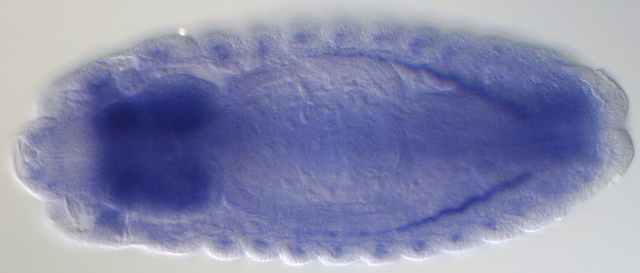Man or woman? Male or female? In humans and other mammals, the difference between sexes depends on one single element of the genome: the Y chromosome. It is present only in males, where the two sexual chromosomes are X and Y, whereas women have two X chromosomes. Thus, the Y is ultimately responsible for all…
Read more
Male or female? First sex-determining genes appeared in mammals some 180 million years ago


